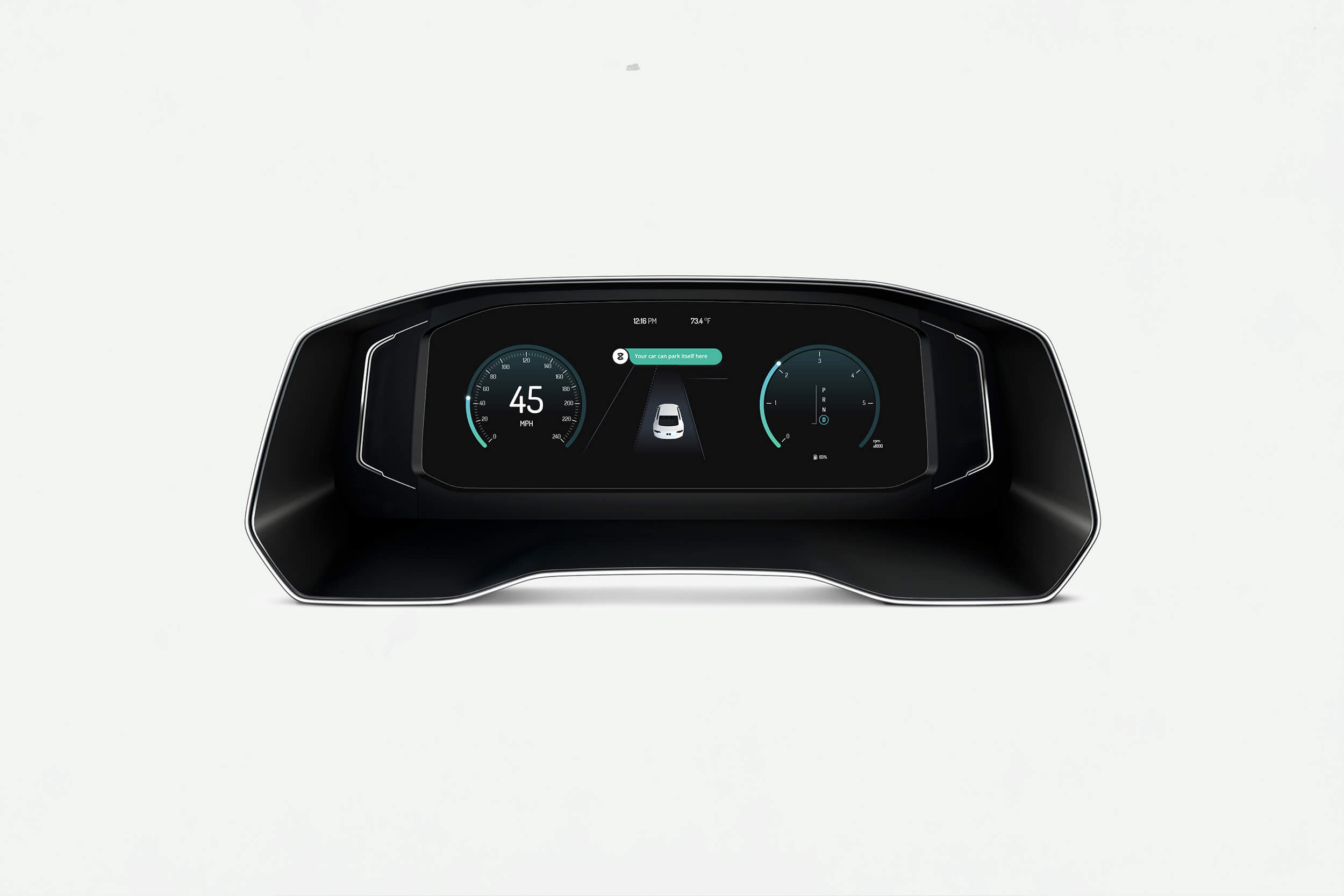
How can we make interactions with a fully self- parking car trustworthy and convenient?
Zenuity is a jointly owned software venture by Volvo Cars and Veoneer, who build software for autonomous vehicles. My team and I helped them conceptualize user flows and concepts to make interactions with self-parking cars both trust-worthy in the beginning and convenient after the 100th time.
“
I have had the pleasure of working with Morten on several greenfield design projects. He has a broad spectrum of skills rarely found in a single person; from high-level design strategy to service design, hands-on UX, and visual design, in combination with business acumen. Morten is the type of team member/leader that all projects should have!
Per Sigurdson, Development Leader - Home Smart at IKEA
01Project scoping
02Experiments with users
03User journeys
04Design iterations
05CES 2019
01 — Project scoping
Identifying the business-critical moments
Before starting the project, Zenuity had mapped a long list of relevant user journeys through a thorough ethnographic study. Based on this study, we needed to start this project by identifying the essential journeys that would provide maximum impact for their business.
To do this, we kicked off the project with a three-day scoping workshop at Zenuity's offices in Detroit. The goal of the challenge was to narrow in on the specific scope and start knowledge sharing, define the success criteria of the project, and align on guiding principles for the concepts. And we got to test their self-driving cars to get a better understanding of the user experience of letting go of the steering wheel.
02 — Experiments with users
Involving users to explore the shift to autonomy
Zenuity's motto is "Make it real," and their ambitions for autonomous driving is relatively near-term. Therefore, we wanted to understand how people could perceive (positively and negatively) self-parking cars.
I designed an experimental setup to inform our design work for autonomous valet parking. In particular, we sought to better understand people's expectations of the interaction flow with cars that can autonomously park themself and their perception of their trust in the technology.
We conducted four one-hour qualitative sessions at an open, public parking lot. Here we would walk people through the process of a self-parking car (activating it, leaving the car, monitoring it, summoning it), and expose them to different, ambiguous prototypes. We did this to contextualize a new technology and try to get as close to reality as possible.
03 — User journeys
Designing for first-time and everyday use
Based on the experiments, we uncovered a dilemma in designing for novel users (who need to feel more in control, need more transparency to feel trust), and eventually everyday users (who want convenience and ease-of-use).
To ensure we created solutions appropriate for both user types, we created user journeys for each. In the user journeys, we mapped a realistic scenario with the necessary interactions and car responses. This helped us frame the crucial interaction moments to dive into in the actual interaction design work.
04 — Design iterations
Defining familiar patterns for new interactions.
Together with Jacob Nyquist (UI designer), we worked on several iterations for the interactions on the HMI and app screens. Different versions were tested with users to evaluate the design proposals and ensure that the intention was clear and easy-to-use.
Our primary focus for the app was summoning the vehicle and how to make easy-pickup convenient and straightforward. The core concept was to offer a list of pre-tagged locations to choose from or allow the user to select a custom destination. We also created high-level concepts for the augmented, real-time feed for remote monitoring.
05 — CES 2019
Veoneer and Zenuity demo at CES 2019
At the 2019 edition of CES, Zenuity demoed their autonomous valet parking feautering the design solution, we created. We also produced concept videos and presentation material for them to use to explain the feature to the audiences.
Next project